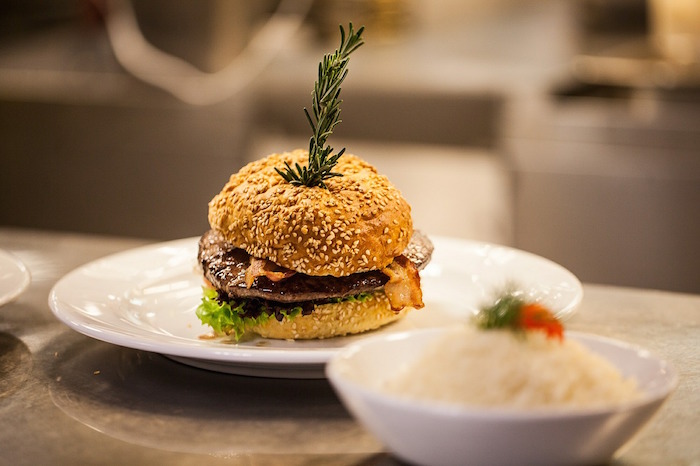You may have noticed the increasing use of the adjective ‘gourmet’ on the menu of just about any restaurant you walk into. From pizzas to burgers, to the humble ol’ sandwich, they all seem to get spruced up by slapping this promising label on to the menu description. But does this wordy addition have any actual bearing on what you’re eating?
By Jana du Plessis
Please explain
Defining ‘gourmet’ proved a lot harder than we thought it would be. One source says that it originates from the French word ‘gourmand’, which refers to an expert wine-taster. The definiton has also been said to refer to a ‘connoisseur of good food’ or one with a ‘discerning palate’. As interesting as the word’s etymology is, the word seems to define a person, and not a dish. In order to avoid getting over-complicated, let us assume, that a gourmet dish can be defined as ‘good food that is discerning on the palate.’ Agreed?
Example sample
A quick Google search for ‘gournet food’ will offer you Moroccan quail with rose-petal sauce, grilled salted calamari with figueras onion and seared scallops with braised smokey bacon rice. With high-brow company like this, are those burgers from our favourite diner, as gourmet as they claim to be? Sadly, probably not. Despite bearing a label it may not fully deserve, that burger tastes just as good!
Be pleasantly surprised
Clever wording and elaborate adjectives appear on just about everything, from pizza descriptions to clothing labels to the backs of cereal boxes. A witty and elevating title or description, is part and parcel of marketing something to sound as appetising or desirable as possible. ‘Gourmet’ menus might not always deliver froths and creams and quail eggs, but the inclusion of the word might still point to something special about the dish in question. Whether it’s the chef’s grandmother’s tomato sauce recipe, or a seemingly unusual ingredient atop your burger. Our suggestion? Go for gourmet!
Do you think we solved it? Let us know!




